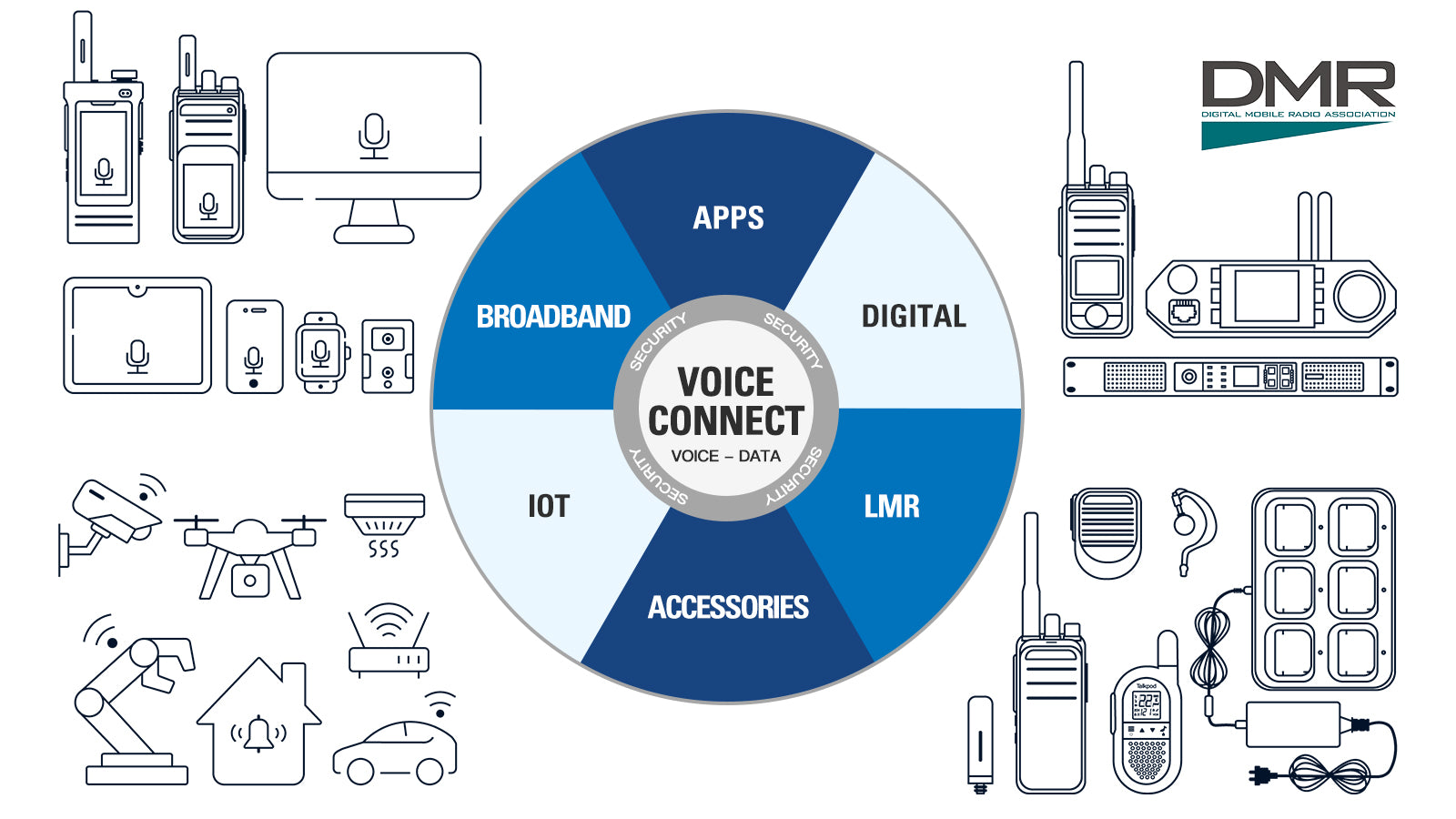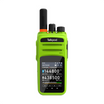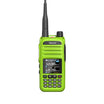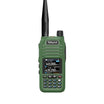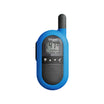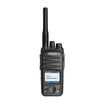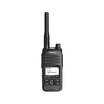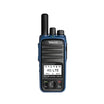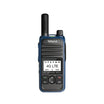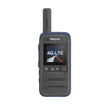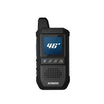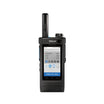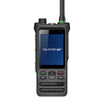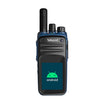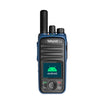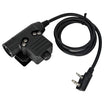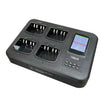When related to mobile networks, the word Resilience refers to the ability of the network structure to be resistant to a variety of threats, whether they are internal or external.
The Mission critical network structure needs to be able to withstand the effect of a partial loss as well as degradation of platform, system or service. At the same time, it needs to be able to recover and resume service with minimum loss of performance.
In order to guarantee a resilient service, there are a set of attributes that need to be defined and documented while designing the network.
- First, what performance is expected from the network?
- What might impact the network functionality? Limitation of performance needs to be identified to define what level of the service can be offered.
- In which environment will the network be built? Understanding of the surroundings where the service will be operating and maintaining situational awareness are the key here to define what level of service can be guaranteed.
- What kind of service will be provided? Whether composed or programme on demand.
- How can the design be improved and made more efficient? Here what gets defined is what needs to be included, such as: complex systems, coupling, interdependencies and relevant properties and balanced with any needed backup to ensure the network capabilities are maintained and able to mitigate any unforeseen network deterioration to allow rapid restoration of service.
- Has an environment monitor been included? This is necessary to detect and anticipate threats and hazards.
- Has as system monitor been put in place? The system itself needs to be monitored to make sure service levels are met constantly.
- The identification of limitation of performance or possible failures are important so that plans for a quick response and recovery can be developed.
- Have protective measures being defined? This may mitigate the risk of failure.
One more thing that needs to be defined is also a process to analyse and review underperformances or unexpected performances so that the design can be improved for the future and find a way to organise the learning derived by the analysis of a complex system.
DIFFERENT POSSIBLE SHAPES OF THE COMMUNICATION NETWORK
Once all the above have been put together, it’s time to decide the topology of the network.
The system can be mapped in 5 different ways.
- Star network – simple but with no backup due to no redundancy
- Tree network – the benefit of this network is the aggregation and multiplexing gain. On the other hand, there might be failure of propagation.
- Ring network – this design of network is fault tolerant, but has high latency due to many hops.
- Meshed network – this kind of network has all direct links and therefore a low latency, however it’s very complex and expensive.
- Mixed Network – this hybrid network combines the advantages of different topologies, it performs with minimum delay for S1 interfaces, there is the possibility of X2 interface shortcuts and allows redundancy. Usually consisting of three aggregation levels such as access level/cell site/last mile. Its disadvantages are the requirement of a heterogeneous infrastructure.
TALKPOD AND LTE
Talkpod focus of recent years has been on the Mission Critical network. Our devices, like the MC network, have been designed to withstand all environmental difficulties and, thanks to the PTCRB and GCF certification, to guarantee compatibility and assure smooth performances with any LTE network around the world. Furthermore, the devices IP and Mil-Std certification make sure that communication is able to flow in any kind of environment.
If you want to find out more, get in touch and we will be happy to assist you and guide you through our communication solutions to find the right fit for your needs.


